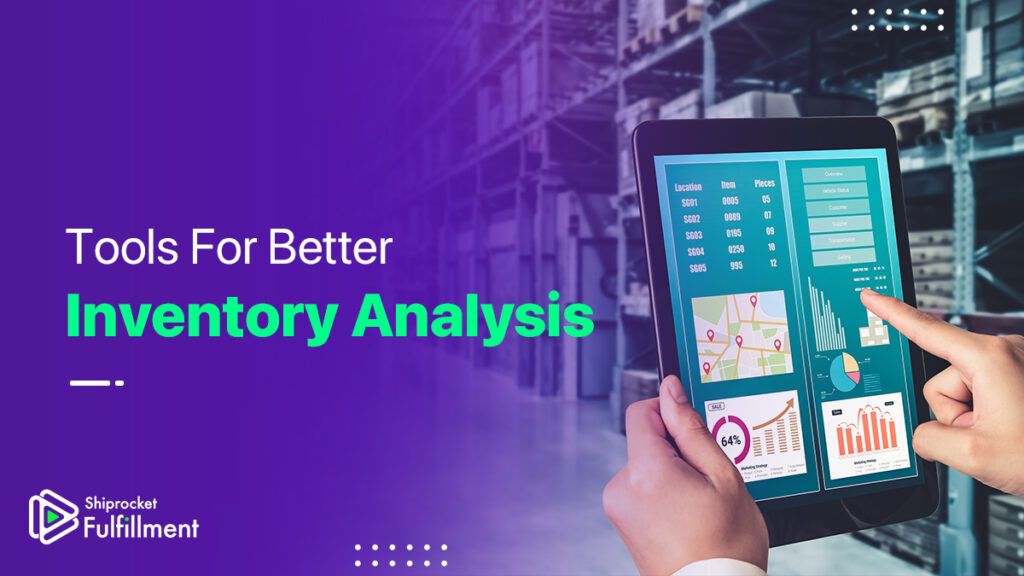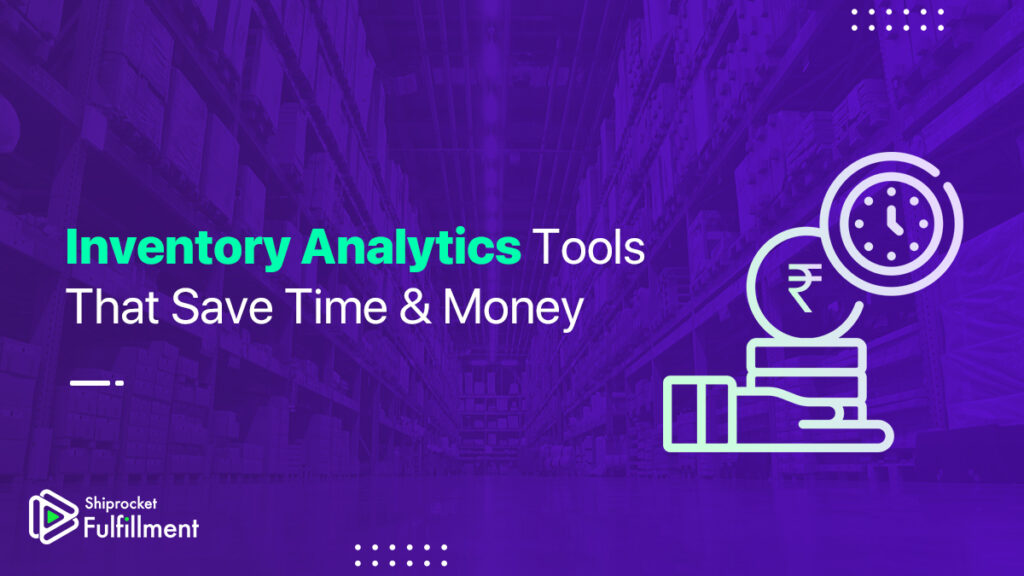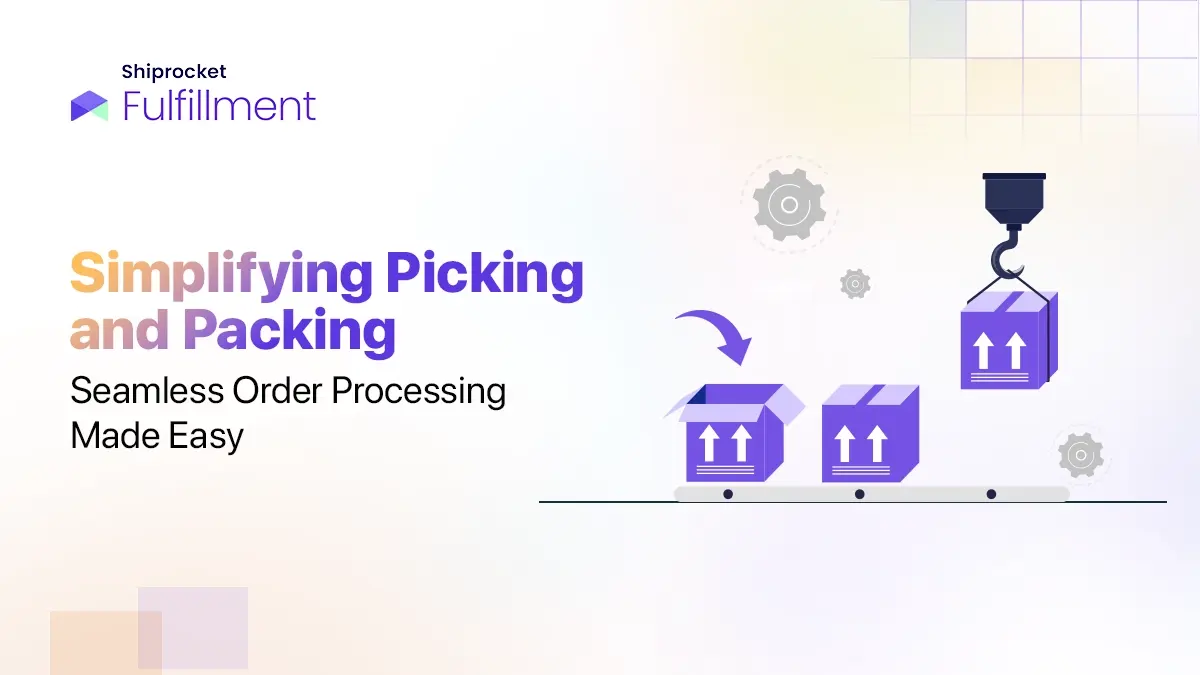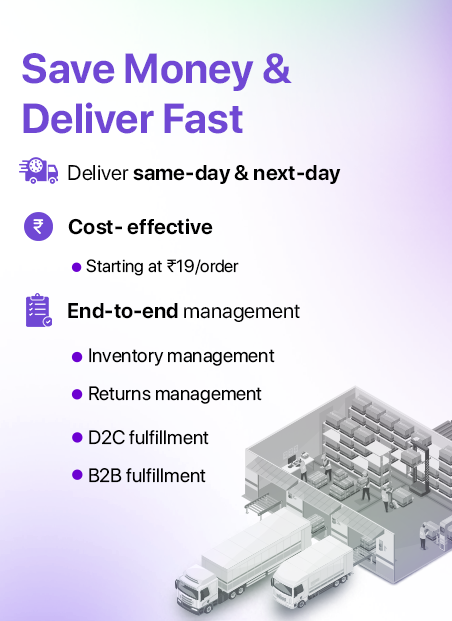Inventory management is one of the most crucial aspects of running a business. If not done correctly, it may lead to situations like stockouts and overstocking, which can harm your business’s reputation in the market. However, there are several tools that you can employ to manage your inventory better.

Inventory analysis is one such tool that ensures that you have the right amount of inventory in hand at any given point intime. It also helps lower operational costs and offers more accurate demand forecasting. With inventory analysis, you’ll have a better grasp on your stock count and general operating efficiency which will eventually lead to better inventory optimization.
What is Inventory Analysis?
Inventory analysis is the process of determining how much inventory you should be storing to sustain your business well. With inventory analysis, you can get insights into how your inventory is turning and thus, manage inventory well. Additionally, inventory analysis is also crucial for increasing sales and reducing expenditures.
Need for Inventory Analysis Strategy
Regular inventory analysis can help keep inventory management on track. A robust inventory analysis can help ensure that you always having enough inventory and manage your demand forecasts accurately. Also, you can ensure that your less capital is invested in stock. You can manage supply chain efficiently with inventory analysis.
- Sufficient Inventory: an inventory analysis approach focuses on various product identifiers, such as those in demand, essential, scarce, and so on. With their help, you can maintain stocks of the correct products and manage their quantities well on your warehouse shelves. Your eCommerce business can use stock analysis to make sure it has just the right amount of inventory in hand to prevent stockout or overstock situations.
- Inventory Forecasting: deadstock frequently results from incorrect inventory forecasting. Therefore, it is essential to have an inventory analysis system in place. A reliable inventory analysis and reporting method will track all your SKUs, enhancing forecasting and reordering accuracy.

- Less Capital in Inventory: retailers and manufacturers invest a lot of money in inventory. You can evaluate which inventory to invest in and which is not turning good and thus, plan your investments accordingly.
- Streamlining Supply Chain: inventory analysis is essential for optimizing supply chain optimization as it can help switch to single sourcing or combine suppliers. Additionally, inventory analysis provides insight into the product life cycle such as launch, growth, maturity, etc.).
Common Inventory Analysis Methods

There are various inventory analysis techniques that you can use to manage your inventory well:
ABC Analysis
Most commonly used method, the ABC, or “Always Better Control,” analysis is helps retailers categorize their inventory based on the consumption value of each item and how it affects annual inventory expenditures. The ABC method classifies products into one of three groups:
- A-inventory: items that generate the highest revenue
- B-inventory: commodities that generate revenue between the most and least revenue
- C-inventory: goods that have limited transactions but are vital to collective profit margins
With ABC analysis, you can devote more time to most crucial inventory that generates the highest sales.
HML
HML inventory is based on cost per item. Three categories are used in this unit price analysis:
- High Cost: high-value item per unit.
- Medium Cost: item has a medium unit value.
- Low Cost: low item value per unit.
You will set up the upper and lower limits for each category, which are always listed in descending order of unit value.
VED
VED analysis works in contrast to ABC analysis. It considers how essential a particular thing is to the running of your organization efficiently. Businesses that have a wide range of different components adopt the VED technique. Three categories are generally used to categorize VED inventory:
- Important inventory that must be available readily.
- Minimum quantities of these things are sufficient.
- Stocking these items is not required.
SDE
The SDE inventory analysis is a scarcity method based on how quickly you can obtain scarce products. The SDE analysis examines the inventory on hand and assigns each item or SKU a level of supply scarcity.
Inventory Analytics Tools That Save Time & Money

Skubana
An all-in-one eCommerce operations tool called Skubana helps companies synchronize their inventory data and analysis across sales channels, warehouses, third-party logistics providers, point-of-sale systems, purchase orders, and other systems. The sophisticated automation offered by Skubana for inventory tracking and reporting reduces storage expenses, eliminates dead stock, prevents stockouts, and even maintains balanced inventory turnover ratios. Additionally, your business may better schedule sales orders for raw materials by using real-time data analysis, which prevents stockouts and backorder inventory.
SkuVault
Ecommerce businesses can benefit from a top-notch inventory control system that accurately fulfills customer orders and spots any potential problems during the order fulfillment process when SkuVault and Skubana collaborate. SkuVault employs robust integrations and straightforward workflows to connect all of your channels, position your warehouses, and manage your inventory. Your business may access crucial inventory data and analytics using the SkuVault system to create thorough reports and ensure you never oversell or run out of any product.
Daasity
The inventory data analytics in Daasity’s software are renowned for being simple to understand and translate into actual outcomes because they have been created for non-technical users. When using Daasity, your online business will feel empowered to go beyond simple reporting and use holistic sales data (broken down into individual channels). When Daasity and Skubana work together, your business can compile all of its analytics into one comprehensive picture, allowing you to discover insightful data that will help promote strategic, lucrative, and sustainable growth.
Inventory Planner
Inventory Planner, a pioneer in inventory management and demand forecasting, has automatic replenishment suggestions built to streamline the buying process. This technology is excellent for overcoming forecasting difficulties since it allows businesses to use up-to-date information from inventory analyses (based on their sales trends and vendor lead times). Your business may submit purchase orders directly to suppliers by utilizing Inventory Planner in conjunction with Skubana. It can also track pending orders and expected delivery dates and display its inventory requirements in one location.
Shopify POS
With the aid of Shopify POS, current Shopify users may create POs and transfer goods based on predicted inventory levels and past performance. Businesses can track incoming and outgoing inventory using this software, move goods between locations, and (on specific plans) do ABC inventory analysis to identify high-priority items. To further improve their online stores, e-commerce merchants can also integrate Skubana with Shopify. You can control inventory information from your Shopify account and sync everything in a single system through this union.
Summary
If you want to stay ahead of the competition and provide your customers with the desired experience, inventory management is essential whether you’re a physical store, eCommerce business, or multichannel company. You won’t succeed without inventory analysis.
Choose an e-commerce platform that enables you to integrate your store’s inventory management across all channels, or opt for inventory software that masters the fundamentals of inventory management and serves as a driver for your growth.






